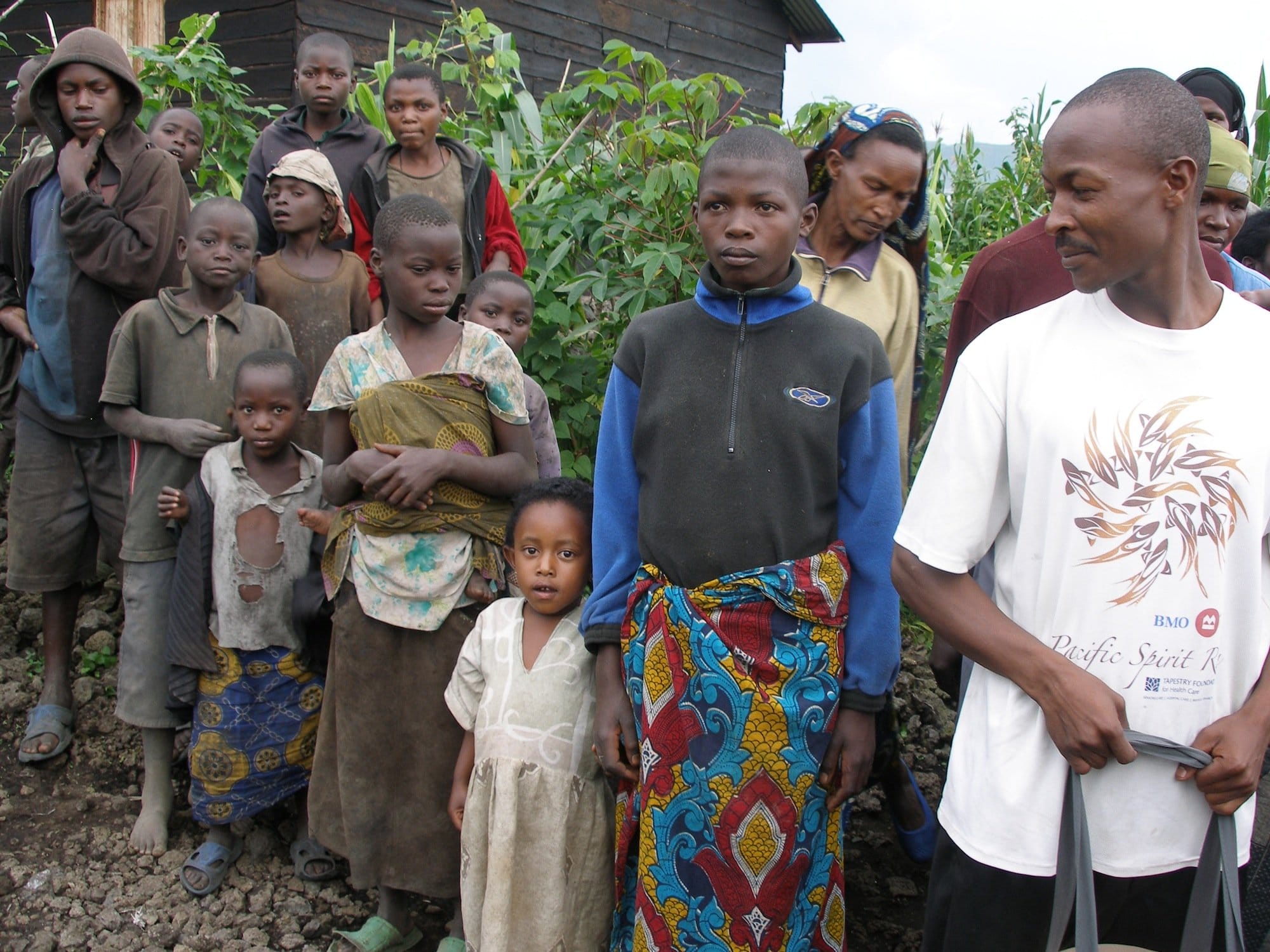As a psychologist, I spend a lot of time trying to understand human behavior. If there is one concept that I reference more frequently than any other, it is that of my former grad school professor, who said, “People don’t come into therapy to be told what they should do. People already know what they should do. They need help identifying the barriers that are preventing them from doing it.” This professor had been teaching for upwards of 30 years, and to this day, I’m not sure if this was just a passing thought in his repertoire of accumulated wisdoms, or whether he intended it as a particularly insightful observation on the therapeutic process. Either way, it has become the concept I reference most frequently when trying to understand my own and others’ behavior.
So how is this principle applied? A common example might be cigarette smoking. Most people who smoke would agree that they should quit; few would deny the health risks associated with smoking and most would feel better about themselves to know they had kicked the addiction. I also don’t think there is anyone who continues to smoke for lack of others telling them they should quit. Following the ‘identifying barriers’ logic, a better way to motivate oneself or a loved one to quit is to help identify what gets in the way of their quitting. For instance, are they concerned about weight gain or the discomfort of physical withdrawal? That they won’t be able to enjoy Friday nights with their drinking buddies? That it would cause tension in their relationship with their spouse, who still smokes? That it would make them a ‘rule follower’ when they’ve always been the rebellious type? Helping people address what prevents them from changing leads to more robust results because it tackles the behavior at more of a root level. It’s also more genuinely supportive because it honors the ambivalence that is inherent to many change processes.

When I think about the change necessary in becoming a person who gives money to help end extreme poverty, I can’t help but reference this same principle. Certainly, I’ve heard some make the argument that financial aid is better allocated locally or that financial aid to developing countries breeds dependency and corruption. However, my guess is that the vast majority of people who do not give money to people in extreme poverty are not neglecting to give because they have a principled objection to doing so. Rather, they probably believe that they should be giving some of their money away, but there are barriers that are preventing them from doing it.
One example of such a barrier is ‘diffusion of responsibility’ (Peter Singer wrote an excellent chapter—Chapter 4—on psychological barriers in The Life You Can Save, of which diffusion of responsibility is one). Diffusion of responsibility refers to the phenomenon where people are less likely to offer support to someone in distress when others are present. The concept is frequently linked to the murder of Kitty Genovese, a young woman who in 1964 was stabbed to death near her home in Queens, New York while several neighbors saw or heard parts of the murder but did nothing to help her. (The extent to which neighbors were aware that a murder was occurring has since been debated, but Kitty Genovese’s story continues to be referenced in the psychology literature as a hallmark example of diffusion of responsibility or bystander apathy.) Applied in the context of identifying barriers that prevent people from giving money to those in extreme poverty, a person may think, “well, yes, I feel really bad for people who are so poor. I can’t imagine how hard their lives are. But, I’m not the person to help; I don’t make that much money. Shouldn’t it be the responsibility of the wealthy to be giving more of their money away? Plus, it seems like there are a bunch of humanitarian and religious organizations dealing with these issues. I don’t think it’s necessary for me to get involved.” Again, this person would agree that we should help end extreme poverty, but there is a barrier (in this case, diffusion of responsibility) that prevents them from taking action.

Angie's community in Kanembwe, Rwanda
In blogging for The Life You Can Save, I’d like to focus on what I think are the most common barriers that prevent people from giving money to those in extreme poverty. My intention is to elaborate on the barriers identified by Peter Singer in The Life You Can Save by sharing my perspective as a psychologist working in the US and Sub Saharan Africa and my perspective as a human being who struggles daily with how much I should give. As a reader of this blog who may be interested in motivating yourself or others to give more, I think a critical first step is to ask yourself, “what prevents me from giving, or giving more, to those in extreme poverty?” I know that for me, understanding my own barriers is the best way I can motivate myself and others to change.



